The Music of Chopin
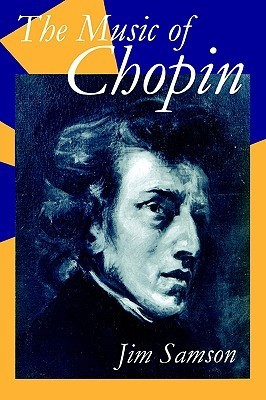
Summary
The lasting popularity of Chopin's music has reached "from salon to slum." He captured and expressed the spirit of the age of Romanticism, its ardour and idealism, its longing and restlessness, its love of spontaneity, with an authority his contemporaries immediately recognized and which successive generations have admired and loved. Much of the Chopin literature in English is biographical, but this book is a critical study of the music itself and of the creative process which is central to the life of any composer. Samson provides a detailed analysis of the style and structure of the music in the light of recent Chopin scholarship on the one hand and recent analytical methods on the other. The early chapters deal mainly with the sources and the characteristic profile of Chopin's musical style, relating his music to a wider context in social and stylistic history. Later chapters look rather at the structure of his music and how it functions, with many examples highlighting the
discussion.
Similar Books
-
 On Playing the Flute
On Playing the Fluteby Johann Joachim Quantz
-
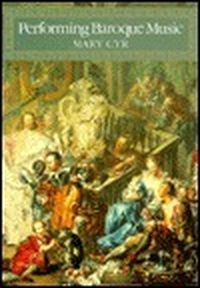 Performing Baroque Music
Performing Baroque Musicby Mary Cyr
-
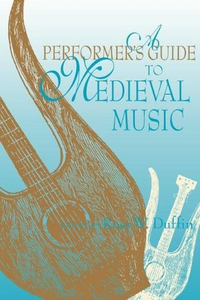 A Performer's Guide to Medieval Music
A Performer's Guide to Medieval Musicby Ross W. Duffin
-
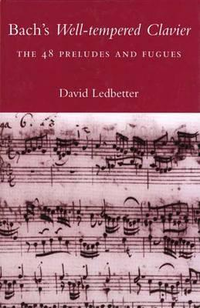 Bach's Well-tempered Clavier: The 48 Preludes and Fugues
Bach's Well-tempered Clavier: The 48 Preludes and Fuguesby David Ledbetter
-
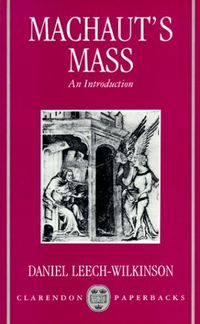 Machaut's Mass: An Introduction
Machaut's Mass: An Introductionby Daniel Leech-Wilkinson
-
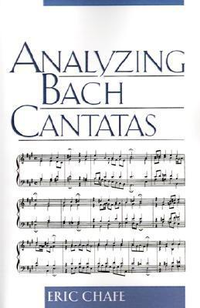 Analyzing Bach Cantatas
Analyzing Bach Cantatasby Eric Chafe
-
 The Early Horn: A Practical Guide
The Early Horn: A Practical Guideby John Humphries
-
 Medieval and Renaissance Music: A Performer's Guide
Medieval and Renaissance Music: A Performer's Guideby Timothy J. McGee
-
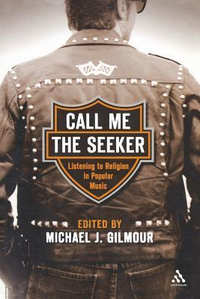 Call Me the Seeker: Listening to Religion in Popular Music
Call Me the Seeker: Listening to Religion in Popular Musicby Michael J. Gilmour
-
 Baroque Music: A Practical Guide for the Performer
Baroque Music: A Practical Guide for the Performerby Victor Rangel-Ribeiro
-
 Paolo Quagliati: Libro Primo de'Madrigali a Quattro Voci
Paolo Quagliati: Libro Primo de'Madrigali a Quattro Vociby Paolo Quagliati